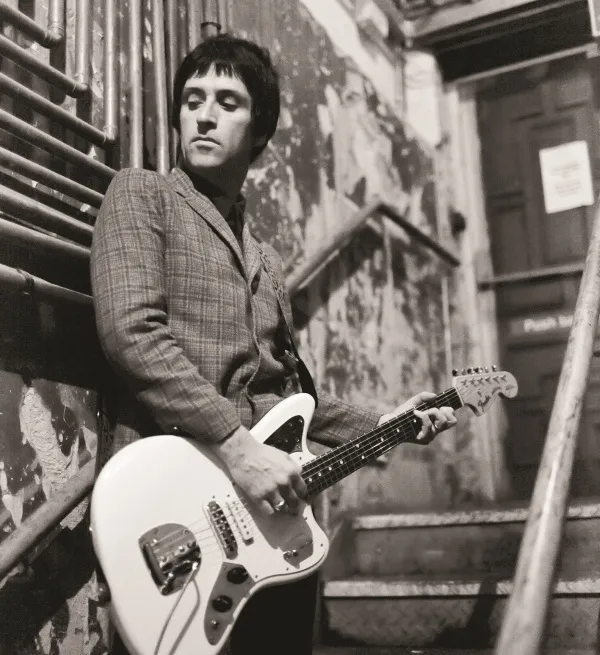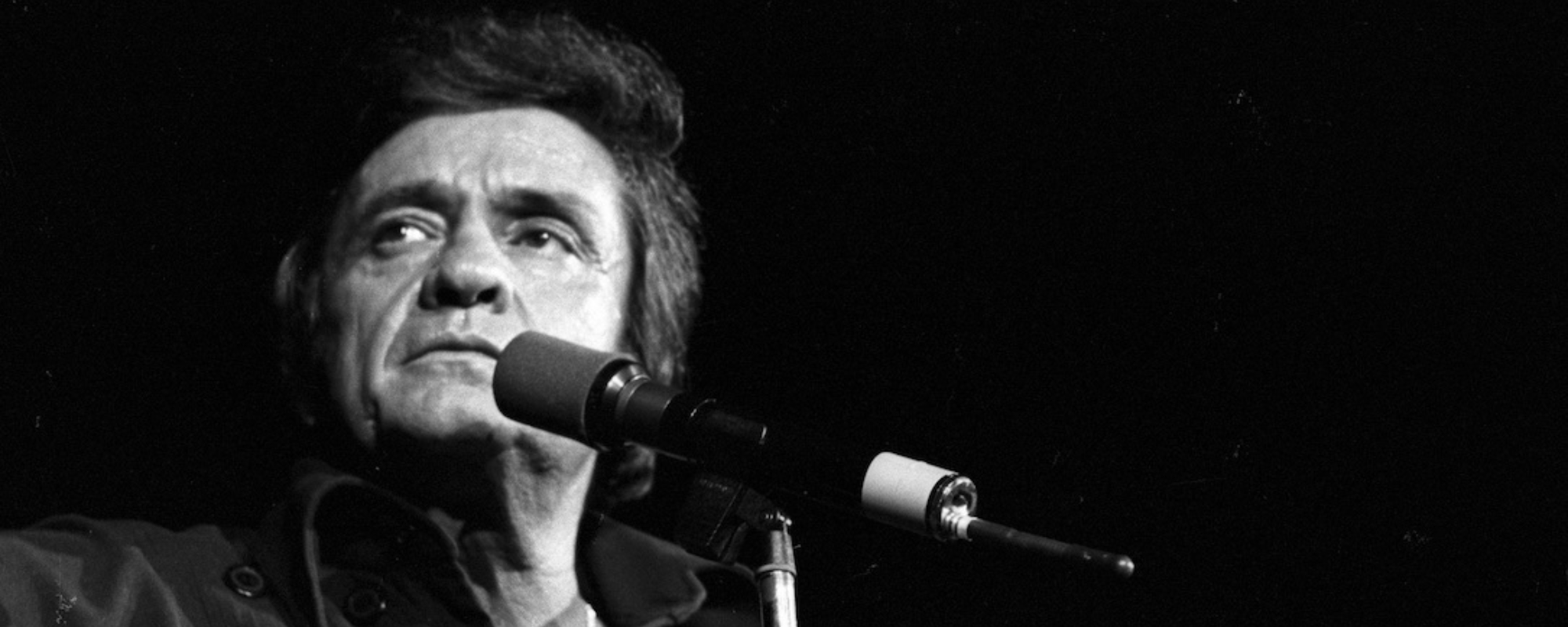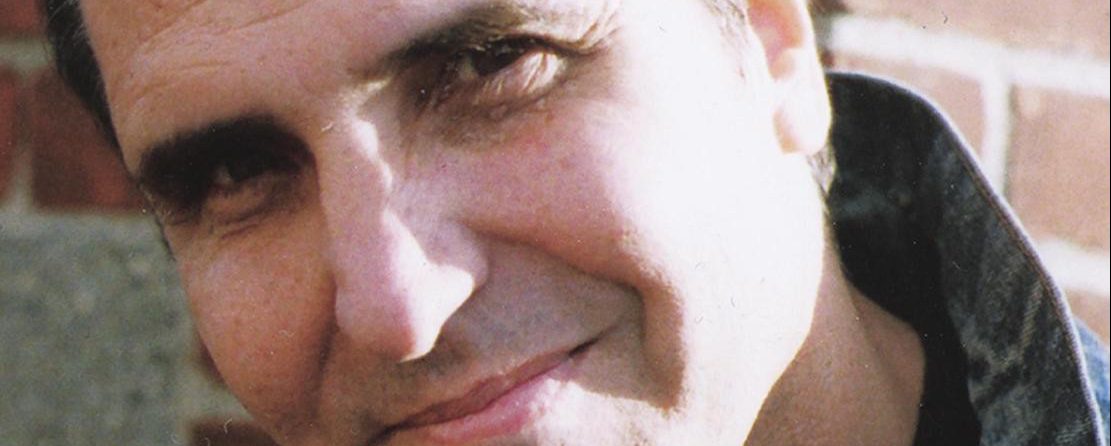Videos by American Songwriter
Johnny Marr has been on a five-year quest to build the perfect guitar. It all started one day when he picked up Isaac Brock’s castoff Fender Jaguar at a Modest Mouse rehearsal.
“It seemed to sound how I think I’m supposed to sound,” says Marr by phone from his home in Manchester. He spent the next few years tinkering with the Jaguar design on his own, and ultimately partnered with Fender on a signature model.
In The Smiths, Marr was associated with Rickenbacker and Gretsch guitars. But many of the guitars heard on Smiths records were a pair of Telecasters, a ‘54 and a green sunburst Roger Griffin custom, which Marr says he’s retired for sentimental reasons (and because it weighs a ton).
At a time when rock guitarists were still firmly rooted in American blues structures, Marr seemed to distill a certain world history of the guitar in every riff, without ever directly signifying his influences. He says he listened to melodic guitar players like Bert Jansch, Nile Rodgers, and Television’s Tom Verlaine, but never tried to sound like any of them.
Not that he didn’t want to – he just wanted to sound like the rest of the band, too.
“I was so inspired by 45s. The most important thing that happened when I was first able to string chords together was I wanted to make it sound like an entire record,” recalls Marr.
His riffs on Smiths’ classics like “This Charming Man” and “Heaven Knows I’m Miserable Now” convey melodies within the chords, building around funky rhythms and cross-picked arpeggios. His tone is bright and echoing, often recalling African highlife or Caribbean music. His style was in part a reaction to the macho, Les Paul-wielding cock-rock of a previous group of English guitarists.
“My generation wanted to break away from that,” Marr says. Rail thin with a mop of brown hair, Marr embodied a lyrical style of playing and gravitated to the jangly Rickenbacker as a way of avoiding the ubiquitous Les Paul. “It forced me to play in a way that is more melodic, ringing, and rhythmic.”
In a similar way, Fender’s Space Age designs of the 1950s and ‘60s seemed the antithesis of Gibson’s flagship Les Paul. “The guitars are too idiosyncratic to be doing any type of cock-rock on,” Marr says, looking back.
But it took him nearly four decades to find the Fender Jaguar, which he now considers to be the ideal guitar for his style.
So what finally attracted him to a short-scale electric guitar (with an offset waist and peculiar bridge system) that Fender introduced in 1962 to capitalize on California’s surf rock craze?
“A lot of it has to do with the sonics,” Marr says of the Jag. “The pickups are more suited to a clear, ringing, single-note sound. Obviously surf rock comes to mind. Or a clear rhythm sound – or, in my case, arpeggios.”
After surf music, the Jaguar found its way into the hands of alt-rock bands like Sonic Youth and Nirvana, and continues to be popular with contemporary guitar-based indie rock bands like Real Estate and Deerhunter. With its “strangle” switch engaged, the Jag cuts off low frequencies, resulting in an aggressive high-end tone.
But the Jaguar’s original design was by no means perfect. Marr compares playing vintage Jags to the experience of driving a vintage race car. “You have to keep your eye on a lot of things like the gear shift, and hope the pedals don’t go through the floor,” he says.
Marr found the bridge system particularly problematic, constantly lowering and falling down and causing unwanted high-end clipping.
With the help of his guitar tech and Fender’s team, he put a Mustang bridge on the Jag and simplified its byzantine system of switches into just a Tele-style four-way pickup switch and two bright switches.
Fender had to modify their manufacturing process due to some of Marr’s changes, but it will still sell for around the same price as other American-made Fenders, which is “kind of incredible considering the amount of work that’s gone into it,” Marr points out.
“I became obsessive about making the perfect guitar for me,” he says.
He just may have made the perfect guitar for the rest of us, too.












Leave a Reply
Only members can comment. Become a member. Already a member? Log in.